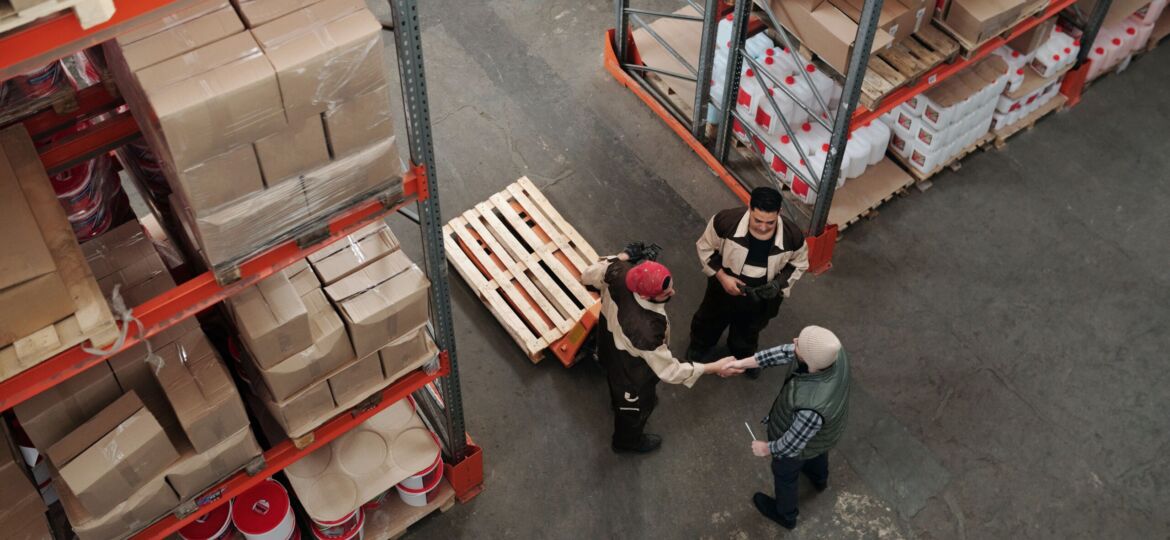
Selling in Japan is different from in Europe or America.
The distribution circuit is unique, with some barriers to any imported products. Because of its confusing system, distribution in Japan has been misunderstood by other countries. This has led to some trade problems and disputes.
This system is changing, but the number of ‘mom-and-pop’, specialty, or semi-specialty stores remains big in Japan than elsewhere. With around 373,000 stores according to Statista (in 2014). So what does the distribution look like in Japan now?
There are three main types of stores; if we accept the (semi-) specialty ones.
マーチャンダイズストア maachandaizu stoa
GMS specializes in ‘groceries, perishables, clothing, household goods, furniture, and electrical goods.’ They usually sell imported goods too and are held by major national chains.
スーパー suupaa

They especially sell groceries and household goods, with products of their brand to differentiate them and stay competitive. However, its number has been declining. Three main chains are, AEON, and the Tokyu Store.
 コンビニ konbini
コンビニ konbini
They are widespread in Japan, especially in Tokyo where you can find several of them on one street. The most famous chains are 7-Eleven, FamilyMart and Lawson. You can find more than 50,000 convenience stores, offering a great variety of goods (with a high turnover) and services (usually ATM, Wi-Fi, multi-purpose terminals, printer/scanner, bill payments, and delivery) with a limited, around 100 m² on average.
*(with Original Lawson, Natural Lawson, Lawson Store 100, and Lawson Fresh, an online store – check out All About Japan for more details).
The Ministry of Economy, Trade, and Industry estimated the growth of online shopping at an annual rate of almost 10%, and the size of the market is likely to double.
According to Statista, the B2B online retail market value in Japan was around 265 trillion JPY in 2013 and 344 trillion JPY in 2018 (30%).
Concerning the B2C online retail market value in Japan, it was at around 7.8 trillion JPY in 2010 and 18 trillion Japanese JPY in 2018 (6.2%).
If you want to learn the difference between B2C and B2B eCommerce in Japan, click here.
Customers prefer shopping online for several reasons:
- Price (usually cheaper and with many discounts, all year).
- Time of delivery (with Amazon Japan, for example, Prime members can receive their parcel in one day).
- Credit card payment is available (without any additional cost – and it is a good opportunity for the government, which wants more cashless transactions).
- Variety of stores, goods, and services.
- Convenience: customers can buy on their smartphones, computers, etc., and in a few clicks.
- Less physical stores (if none): reduced costs (rent, workers) and avoid the problem of a stock or store too-small
- especially after the Law Concerning Adjustment of Retail Business Activities by Large Scale Retail Stores (Large Stores Law) of March 1974.
- Digital marketing: data analysis to better know customers, exclusive discounts, best-seller list, etc.
- Growth of e-Commerce: a promise for more customers.

According to a Keio University professor, large purchases of stock are not a common thing in Japan. The importance of customer service is strong, and before the 80s, retailers who changed their prices could not build a strong relationship with wholesalers.
Distributors were relying on one wholesaler and the majority were small retailers, protected by the government. After the 90s, however, their number decreased and bigger wholesalers became more popular, with many imported goods. The importance of the development of a strong relationship lowered too, and wholesalers stopped accepting returns and taking fewer risks. But what did not change is the complexity of the distribution system, since a product can pass through 2 to 5 wholesalers.





